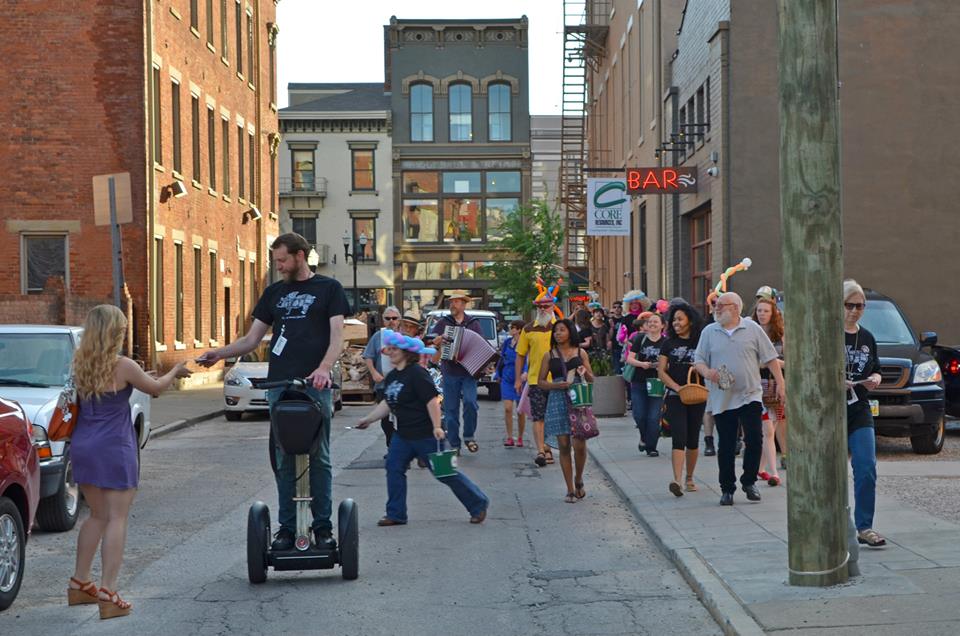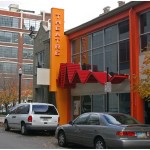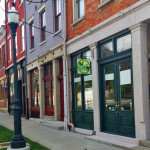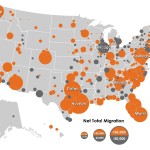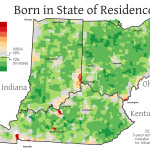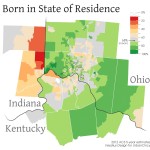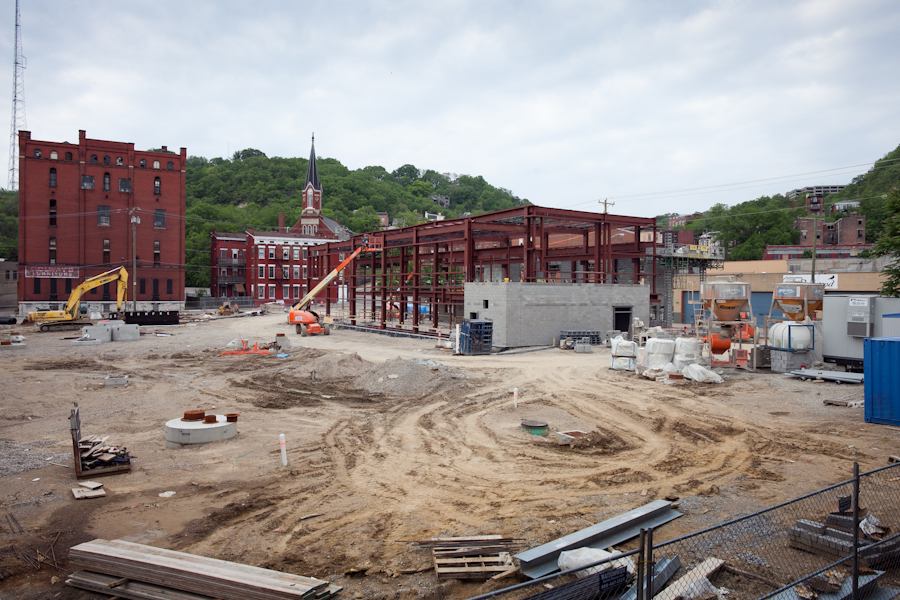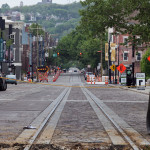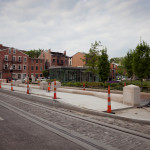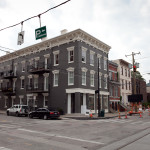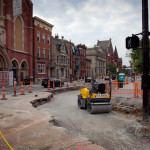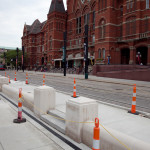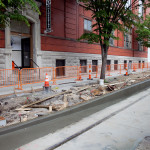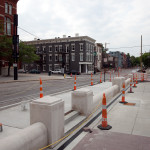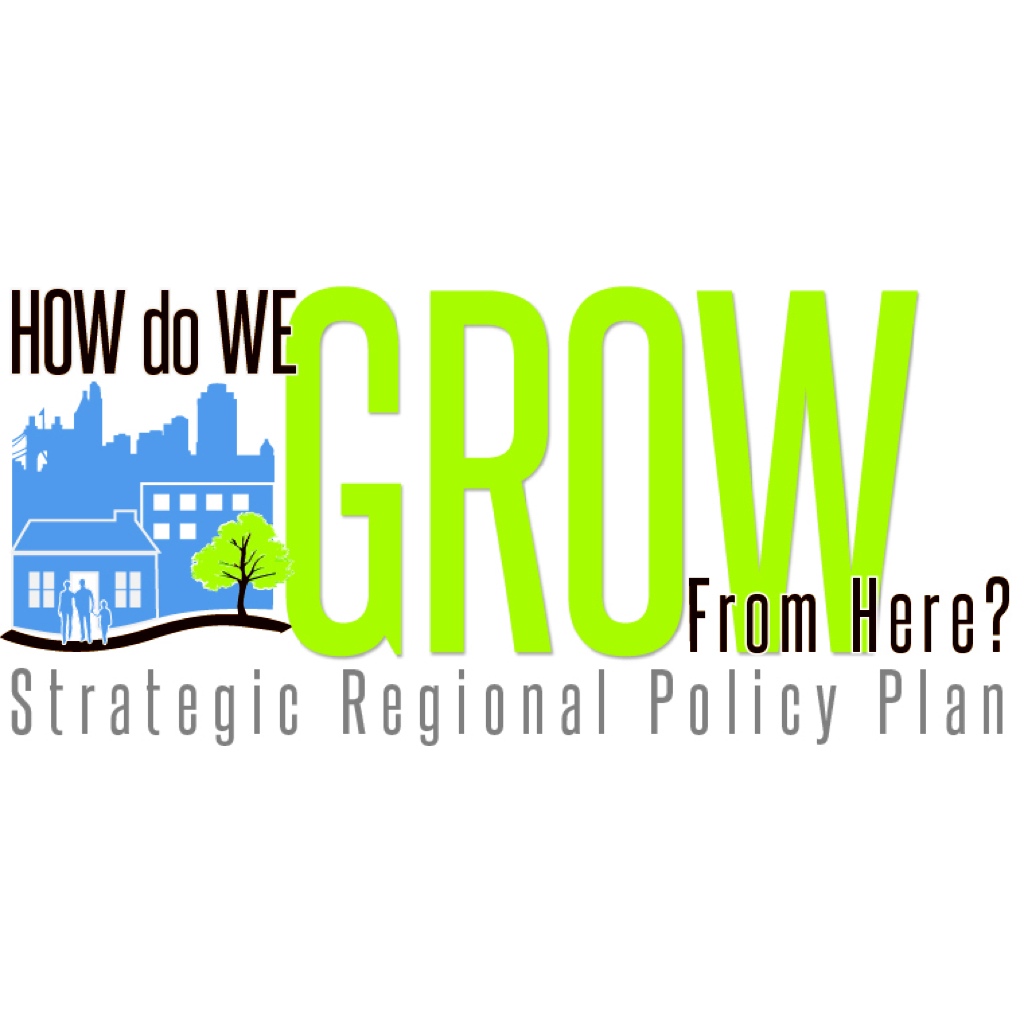After an eclectic parade on Monday and a kick-off party last night, the 11th annual Cincinnati Fringe Festival officially gets started today with its first round of performances.
The 12-day event has become a national draw over the years, and organizers expect more than 8,000 people to attend this year’s festival. As expected, the 2014 rendition will boast an impressive collection of 38 unique productions and more than 160 performances at a dozen venues tightly clustered in Over-the-Rhine.
“This year’s festival is one of the biggest ever,” said Eric Vosmeier, Producing Artistic Director at the Know Theatre. “We had a record number of FringeNext applications, our high school artist version of the Fringe, and subsequently added an additional slot to FringeNext because the applications were so strong.”
Vosmeier also said that he is excited about the three international acts, two from the United Kingdom and one from Israel, at this year’s festival.
The growth and increasing popularity of the Fringe Festival has seemingly mirrored that of the neighborhood is has called home. That trend, however, is now also posing some problems as available, low-cost venue locations are harder to come by.
“We’re thrilled that the neighborhood has reached a critical mass of stable and thriving businesses, but the challenge this poses to our festival is real,” Vosmeier explained. “There was a time when empty storefronts were always available. There was a time when neighborhood landlords shared space at low or no cost – I remember a couple of years when my venue rental costs were $0.”
Vosmeier says that venue costs for this year’s festival were closer to $8,000, and says that organizers are looking to do everything in their power to keep the nearly two-week event in this area of Over-the-Rhine for the foreseeable future, but also realize the challenges they faced this year will probably not be going away.
Fortunately, he says, long-time supporters like Coffee Emporium, Art Academy of Cincinnati and Urban Sites continue to come through with a number of guaranteed venues each year.
The hard work put in by volunteers and Know Theatre employees is something that has helped make the festival a favorite for participating artists who are treated to the country’s smallest application fee, free housing, no participation fees and the opportunity to learn from other artists during the festival’s workshop and development series.
“We have tried to create the most artist-friendly festival possible,” said Vosmeier. “We have ample, but not the biggest box office payouts, but because we make it nearly free of costs for artists to play with us, they see the value in coming to Cincinnati’s Fringe.”
Such treatment has not only benefitted the artists, but also the festival itself. According to organizers, rolling out the welcome mat in such a way has helped foster an “extremely loyal” set of artists that are always looking to participate in Cincinnati’s annual Fringe event. Those loyal artists then, in turn, become ambassadors to other artists, of which 90% are referred by past artists.
Vosmeier also says that the return of these artists year after year better positions the city when those individuals consider relocation.
“I am currently talking with three individual artists who are seriously contemplating a move to Cincinnati, and it’s all due to their experiences stemming from the Cincinnati Fringe Festival,” Vosmeier emphasized. “Artists can be fickle and to have helped create a festival that makes an artist think ‘I might like to move to Cincinnati’ makes us feel like we’ve accomplished something pretty extraordinary.”
After organizing the festival for many years, however, Vosmeier has said that he will step down from his leadership role at the Know Theatre after the last performance concludes next Saturday.
“Working on this festival has truly been one of the privileges of my career. I love virtually everything about it,” Vosmeier told UrbanCincy. “We certainly have challenges each year. But in the end, this event fills us with so much joy and appreciation for our city, these amazing artists, and our audiences that it’s hard to focus on anything but the unique pop-up community that we create for twelve ridiculously invigorating days.”
Those who want to participate in one or more of the 12 invigorating days can do so by purchasing tickets online for just $12. The first performances get started this evening at 7pm. A full schedule for the 2014 Cincinnati Fringe Festival can be downloaded and viewed online.
